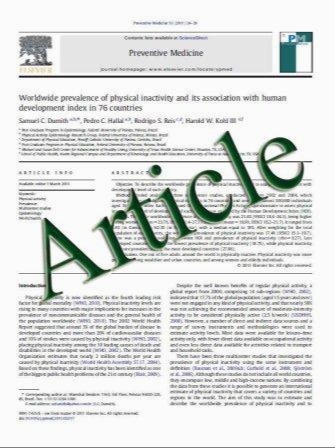Propofol Infusion Syndrome During Refractory Status Epilepticus in a Young Adult: Successful ECMO Resuscitation
- نوع فایل : کتاب
- زبان : انگلیسی
- مؤلف : Christophe Guitton • Laurence Gabillet • Patrick Latour • Jean-Christophe Rigal • David Boutoille • Ousama Al Habash • Pascal Derkinderen • Ce´dric
- چاپ و سال / کشور: 2011
Description
Background Propofol infusion syndrome (PRIS) is a rare but serious complication of propofol administration consisting of metabolic disorder with acidosis, often leading to fatal cardiovascular collapse. Methods A case of PRIS is described in a 17-year-old female with refractory status epilepticus (RSE) who was receiving high-dose propofol for seizure control and sedation. Results Metabolic syndrome was observed with renal failure, severe metabolic acidosis, and rhabdomyolysis after 58 h of propofol infusion at a maximum dose of 8.8 mg/kg/h. It was not initially associated with circulatory failure. Propofol was stopped immediately, and brief bradycardia was observed. The patient was started on continuous hemofiltration resulting in correction of the metabolic disorder. However, cardiocirculatory failure occurred a few hours later. Her clinical evolution and biological assessments were typical of PRIS. Extracorporeal membrane oxygenation (ECMO) was initiated despite the presence of cardiocirculatory arrest. Cardiocirculatory function improved rapidly, and the patient was weaned off ECMO after 5 days. No severe neurologic effects were observed, and she left the intensive care unit after 36 days, returning home after 2 months. Conclusions Careful consideration should be given before prescribing propofol as first-line therapy for RSE, and this drug should be avoided altogether if high doses are required. Close biochemical monitoring is needed if propofol is used for more than a few hours, so that PRIS can be recognized promptly. Immediate discontinuation of propofol is essential, and early hemofiltration should be initiated. ECMO should be considered in cases of cardiocirculatory failure.
Neurocrit Care (2011) 15:139–145 DOI 10.1007/s12028-010-9385-7 Published online: 25 May 2010


